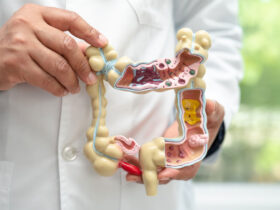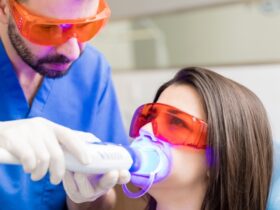Every time you hit the road, there’s a certain level of unpredictability that comes with it. Whether it’s a minor fender bender or a medical emergency, being prepared with basic first aid knowledge can make a significant difference. Here are some essential tips for motorists to handle roadside emergencies effectively.
CPR training equips individuals with life-saving skills, including chest compressions and rescue breaths. These courses teach crucial techniques to respond effectively in emergencies, increasing the chance of survival.
1. First Aid Kit Essentials
One of the first things every motorist should have in their vehicle is a well-equipped first aid kit. This kit should include bandages, gauze, antiseptic wipes, adhesive tape, scissors, tweezers, pain relievers, and any personal medications. A compact kit can be a lifesaver in minor injury situations.
2. Assess the Situation
Before jumping into action, take a moment to assess the situation. Ensure that the scene is safe for you to approach. Check for traffic, potential hazards, or ongoing dangers. If there’s a risk to your safety, call for professional help immediately.
3. Call for Assistance
In case of a serious accident or medical emergency, don’t hesitate to call 911 or your local emergency number. Provide detailed information about the situation and follow the dispatcher’s instructions carefully. Quick professional help can be crucial in critical situations.
4. Basic CPR and First Aid Training
Consider taking a basic CPR and first aid training course. Knowing how to perform CPR or handle common injuries can be invaluable. Many community centers, Red Cross chapters, or online platforms offer courses that cover the essentials.
5. Stay Calm and Reassure Others
Remaining calm in an emergency is vital. Panic can lead to poor decision-making. Reassure others involved in the incident and provide basic first aid while waiting for professional help. A composed demeanor can help keep the situation under control.
6. Control Bleeding
In case of bleeding, apply direct pressure on the wound with a clean cloth or bandage. Elevate the injured area if possible and maintain pressure until the bleeding stops. Severe bleeding may require a tourniquet, but use it as a last resort.
7. Treat for Shock
Shock can follow a traumatic incident. Keep the person warm by covering them with a blanket or jacket. Elevate their legs slightly if there are no signs of a spinal injury. Comfort and reassure the person until help arrives.
8. Be Prepared for Common Injuries
Learn how to handle common injuries like sprains, fractures, or burns. Basic knowledge of immobilization techniques, cold compress application, and burn care can make a significant difference in providing immediate relief.
9. Know Your Location
Always be aware of your location when on the road. Knowing your exact location can expedite professional help. Use landmarks, road signs, or GPS coordinates to relay accurate information to emergency services.
10. Regularly Check and Update Your First Aid Kit
A well-maintained first aid kit is only effective if it’s up-to-date. Regularly check the contents of your kit, replace expired items, and ensure that it remains easily accessible within your vehicle.
By following these roadside first aid tips, motorists can be better prepared to handle unexpected emergencies and potentially save lives. Taking the time to educate yourself on basic first aid can make a significant impact in critical situations on the road. Stay safe, stay informed, and drive responsibly.







